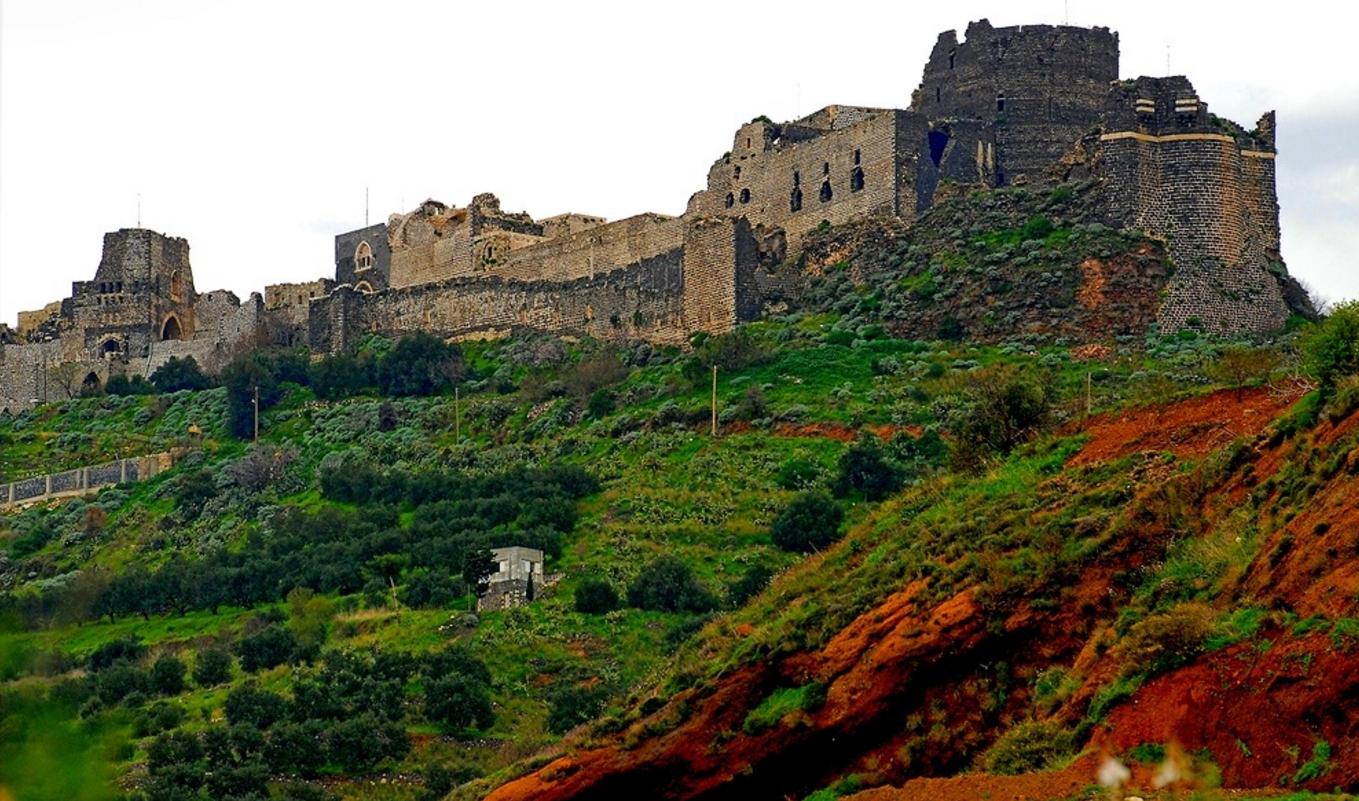Syria Historic Castles: The western Syrian countryside is dotted with ancient fortresses and forgotten towers. Some were built during the Crusades, others restored by the Ayyubids, and a few even have deeper Phoenician roots. Today, many lie abandoned in overgrown hills, barely visited and rarely studied. Yet Syria Historic Castles tell stories of defense, strategy, and life on the edge of empires. This article brings together five lesser-known sites — each with its own unique character, mystery, and fading glory. For travelers and history enthusiasts, exploring Syria Historic Castles is a journey through centuries of conflict, culture, and architecture. Whether you’re seeking famous fortresses or hidden gems, Syria Historic Castles offer a glimpse into the rich historical tapestry of the region.
ٍQuick Info – Syria Historic Castles
| Site Name | Location | Era | Key Features |
|---|---|---|---|
| Qalaat al-Mahalbeh | Near Sheikh Badr | Crusader–Ayyubid | Remote ruins on a high hill; panoramic views. |
| Qalaat al-Maniqeh | Eastern Tartous | Byzantine–Medieval | Small ruined fort with thick stone walls; hard to access. |
| Qalaat al-Arimeh | Near Duraykish | 12th–13th century | Partial towers remain; overlooked by larger sites. |
| Burj al-Sebi | Near Mashta al-Helu | Ottoman (likely) | Watchtower-like structure in woodland setting. |
| Qalaat Yahmur | South of Tartous | Phoenician–Crusader | Includes a central tower and moat-like base. |
Qalaat al-Mahalbeh – Fortress on the Ridge
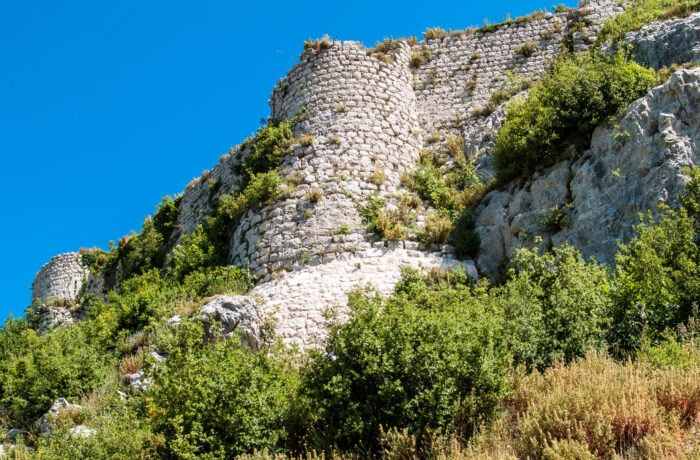
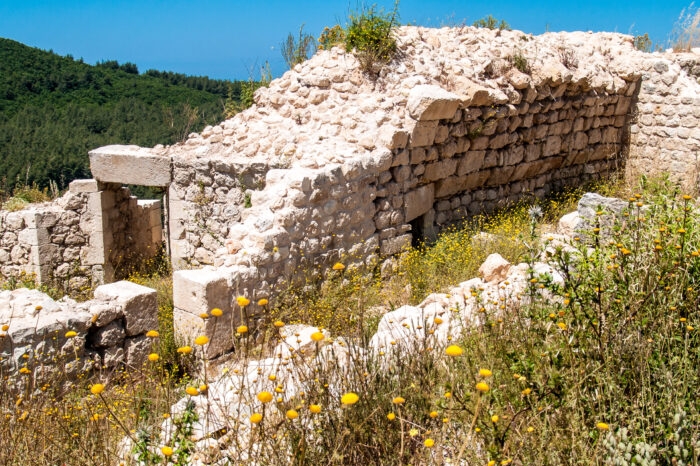
Located near Sheikh Badr, Qalaat al-Mahalbeh sits atop a commanding hill with views across the region. Though heavily ruined, the fortress structure is still visible, with traces of its walls and defensive platforms. Built during the Crusader period and likely restored under Ayyubid control, the castle once monitored the road between inland hills and the Mediterranean coast.
Today, the site is almost untouched, surrounded by dense greenery and accessible only by foot. Its remote location gives it a wild charm — ideal for adventurous hikers and photographers.
Qalaat al-Maniqeh – Remote and Rugged
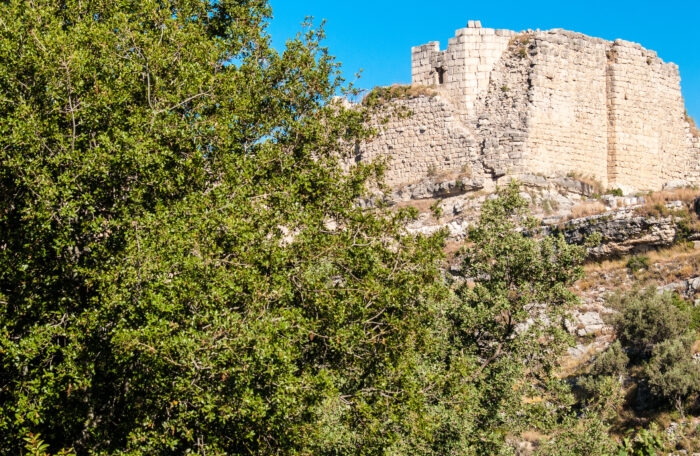
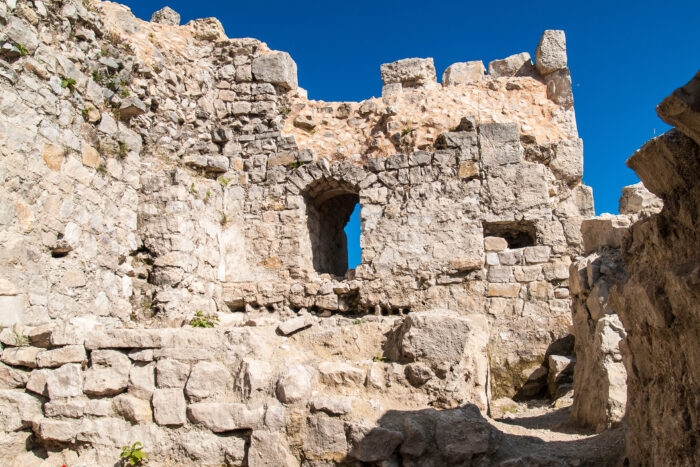
Further east in the Tartous countryside lies Qalaat al-Maniqeh, a small but resilient structure, likely of Byzantine or early medieval origin. The castle’s position atop a rugged hill made it hard to attack — and equally hard to reach today. The ruins consist mostly of thick stone blocks forming what was once a tower or enclosed compound.
What makes Qalaat al-Maniqeh special is its isolation. Few visitors ever make it here, yet it offers a glimpse into how strategic micro-forts once supported larger networks of regional defense.
Qalaat al-Arimeh – The Overlooked Fortress
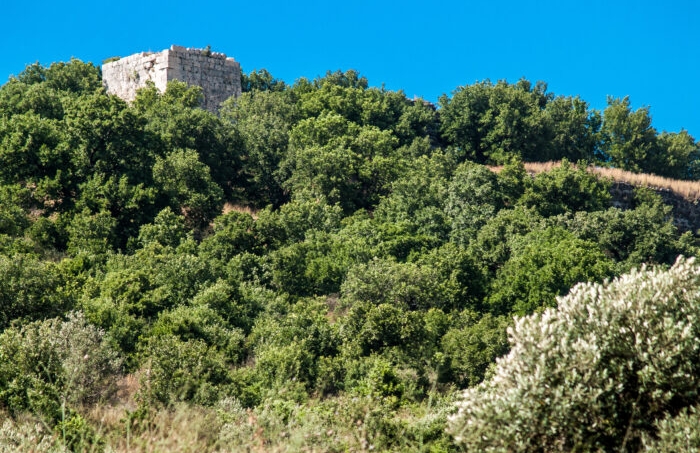
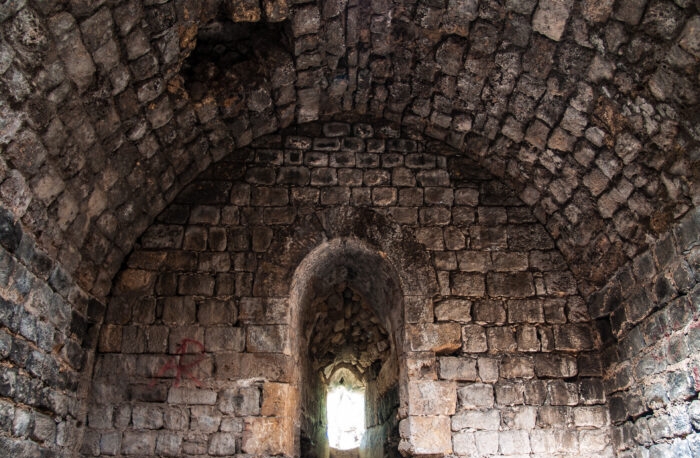
Located near Duraykish, Qalaat al-Arimeh is easy to miss — overshadowed by larger and better-known castles nearby. Yet its remains hint at a once-functional military post, possibly from the 12th or 13th century. A few towers and curtain walls still stand, surrounded by olive groves and fields.
Though modest in scale, it offers an authentic experience for those who seek uncharted history without tourist crowds. The setting is peaceful and suitable for short day visits.
Qalaat Yahmur – Oldest and Best Preserved
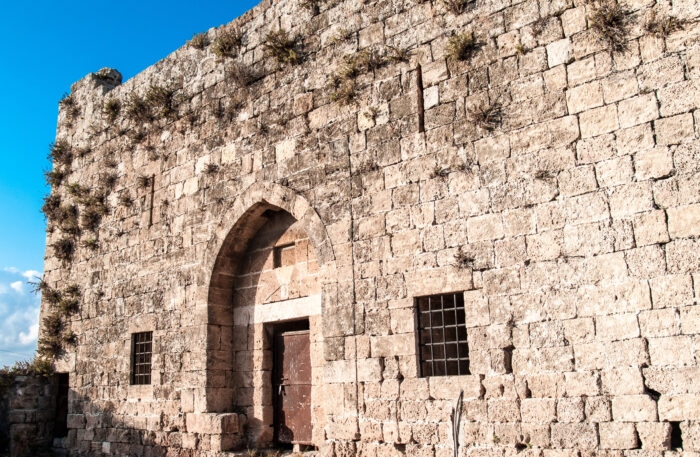
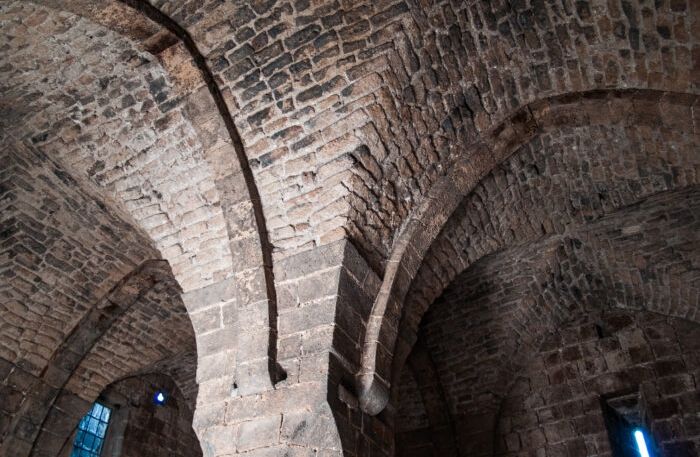
The most striking of the group, Qalaat Yahmur lies just south of Tartous. This rectangular fortress traces its origins back to the Phoenician period, later expanded by Crusaders and modified over time. Its central tower, moated appearance, and preserved entryways make it a hidden jewel of Syrian castle architecture.
Unlike others on this list, Yahmur still retains recognizable structure and form, making it an excellent stop for anyone exploring Tartous’s inland history.
Burj al-Sebi – The Forgotten Watchtower
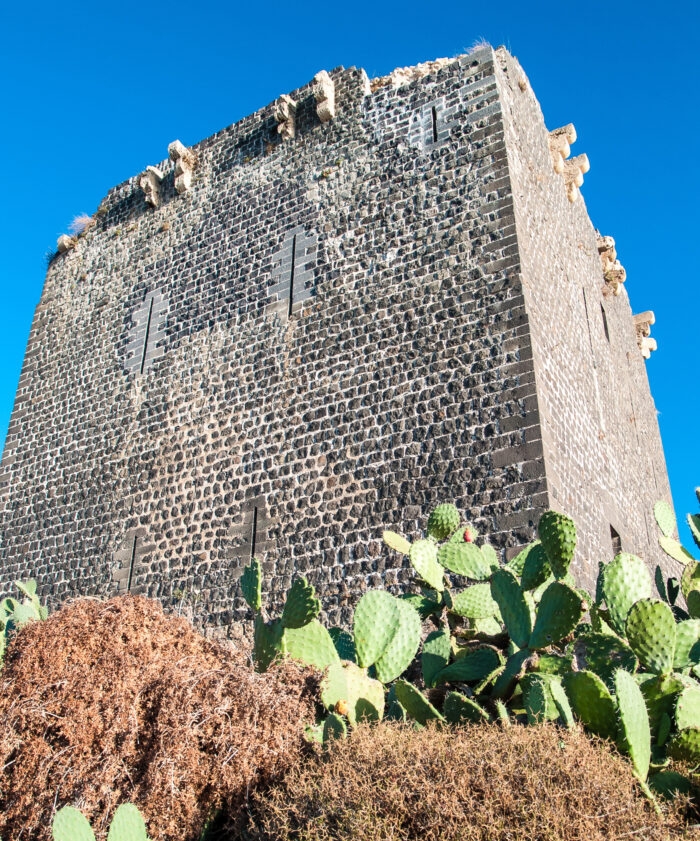
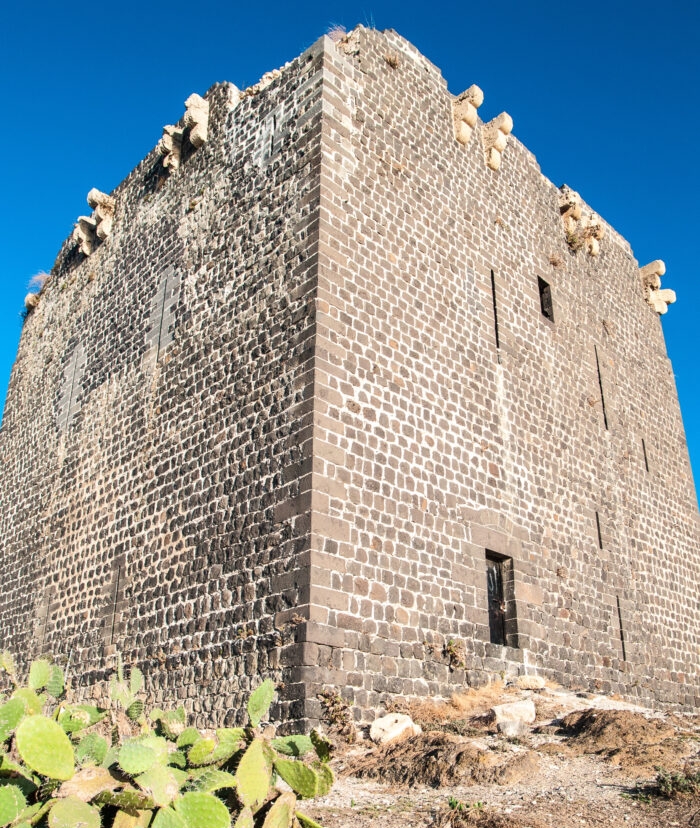
Burj al-Sebi, located near Mashta al-Helu, is not a full-scale castle but a standalone defensive tower, probably from the late Ottoman period. Built on a gentle slope within a pine forest, it likely served as a watchpoint or signaling post for nearby villages.
Although partly collapsed, the structure is easy to access and blends beautifully with the surrounding nature, making it ideal for hikers or architecture enthusiasts looking for something different.
Suggested Route (1–2 days)
- Day 1: Start in Tartous → Visit Qalaat Yahmur → Head east to Qalaat al-Arimeh and Qalaat al-Mahalbeh
- Day 2 (optional): Travel to Qalaat al-Maniqeh and Burj al-Sebi
Transportation is easier with a 4×4 vehicle due to the unpaved paths.
Final Thoughts
These “Forgotten Castles” may lack the fame of Krak des Chevaliers or Marqab Castle, but they hold their own unique power. Untouched, silent, and embraced by nature, they represent a raw chapter of Syria Historic Castles — not just royal battles and great sieges, but also everyday resilience, defense, and local stories long forgotten. For off-the-beaten-path travelers, exploring Syria Historic Castles offers an unforgettable journey into history. Each site tells a story of strategy, survival, and architectural ingenuity, making Syria Historic Castles a treasure trove for history enthusiasts. Whether visiting iconic sites or hidden gems, Syria Historic Castles provide a deep connection to the country’s rich past.
Finally.. If you have any questions, please contact us. To explore further, visit our Facebook Syria collection for rare images and cultural highlights.
Sources & References:
UNESCO – World Heritage Centre: https://whc.unesco.org
Archnet – Architecture & Heritage Database: https://www.archnet.org
World History Encyclopedia: https://www.worldhistory.org
Syrian Heritage Archive Project: https://syrian-heritage.org
Global Encyclopedia: Wikipedia



